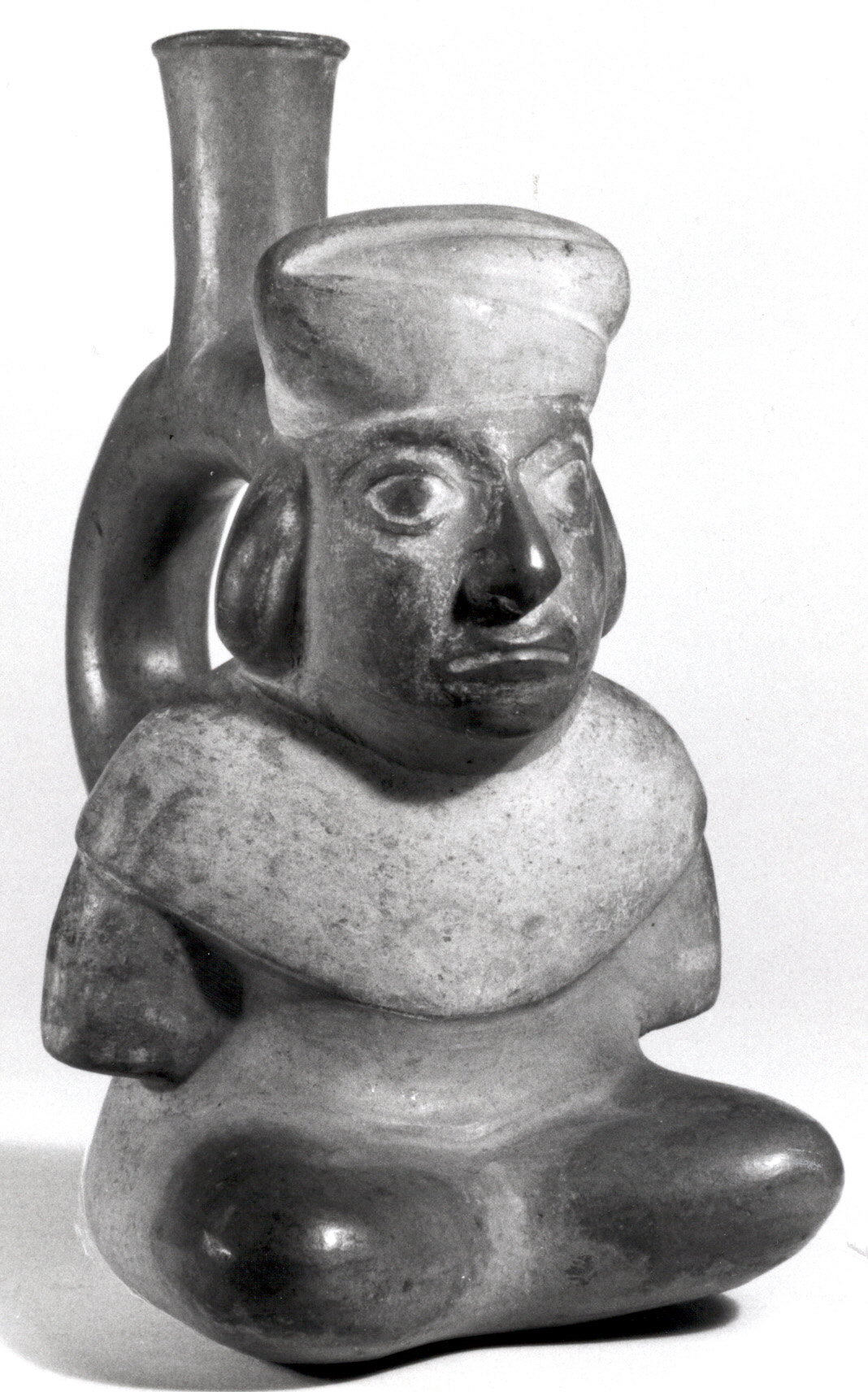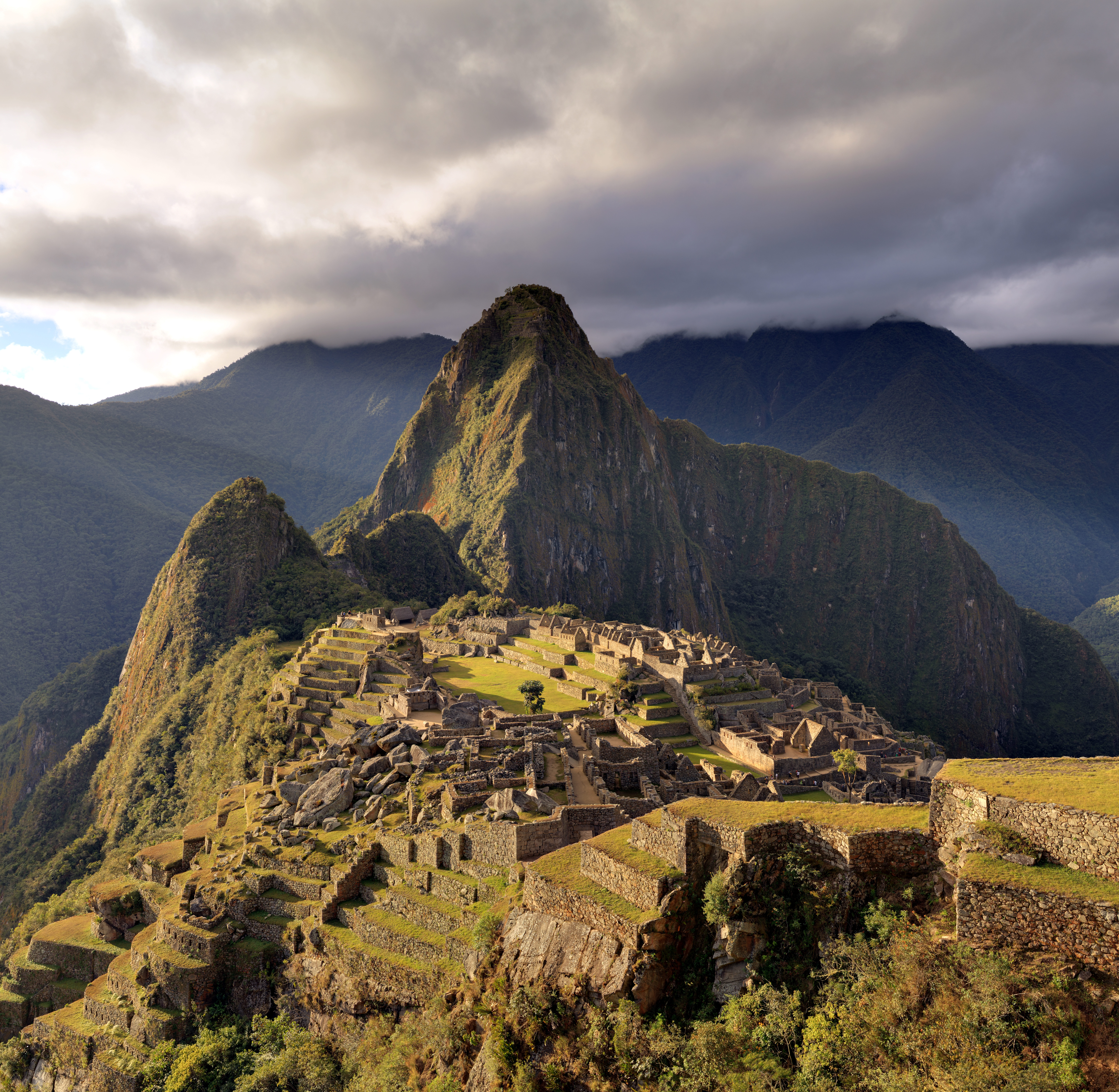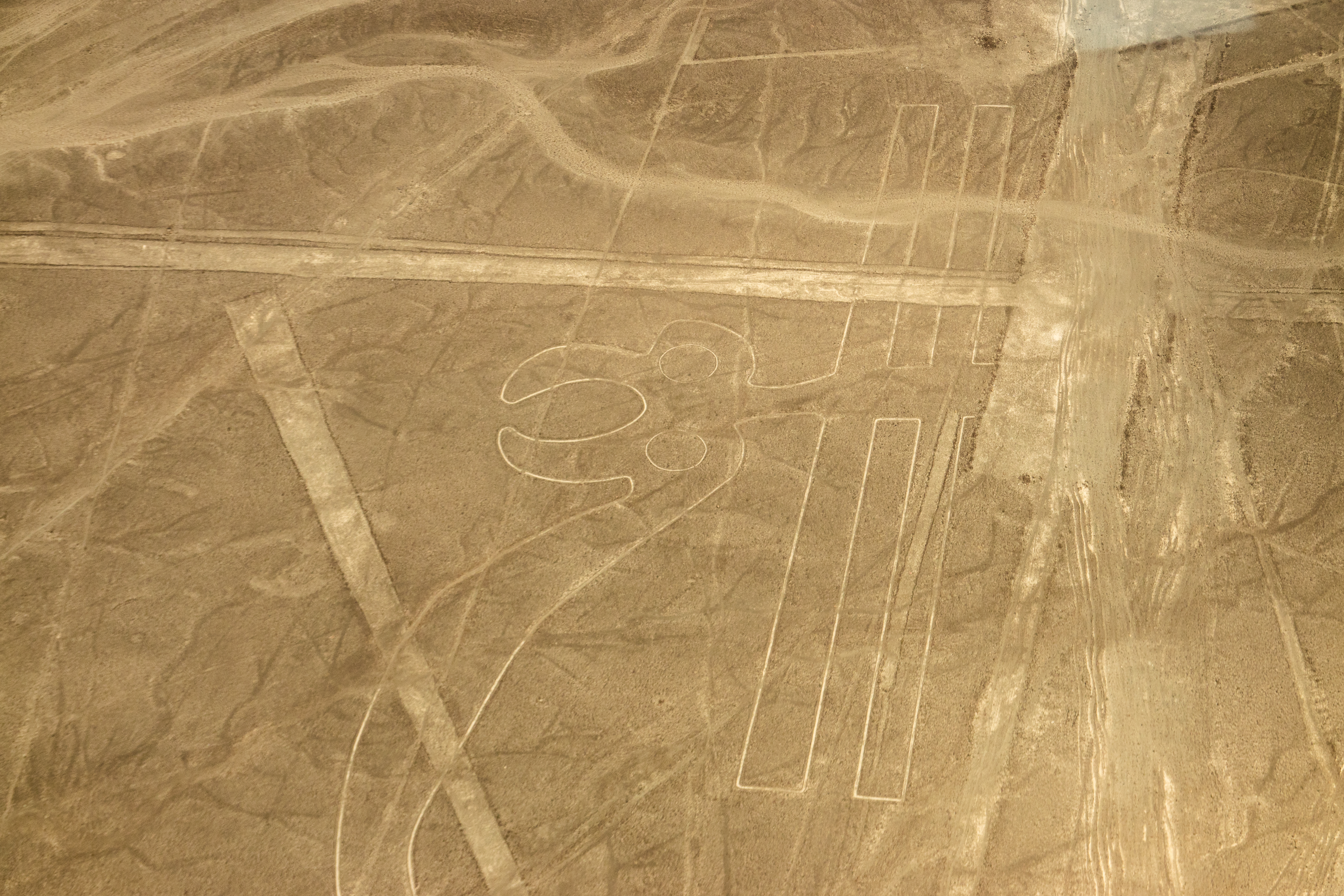Time Periods
Paleolithic
Mesolithic
Neolithic
Chalcolithic
Bronze Age
Iron Age
Classical Period
Post-Classical Period
Early Modern Period
Industrial Period
Contemporary Period
Time Periods
Paleolithic
Mesolithic
Neolithic
Chalcolithic
Bronze Age
Iron Age
Classical Period
Post-Classical Period
Early Modern Period
Industrial Period
Contemporary Period
Location
About
The Zaña Valley in northern Peru is a significant archaeological site renowned for its ancient water management systems and religious structures. The valley hosts the earliest known canals in South America, dating back to the Neolithic period around 6700 BCE. These stone-lined irrigation canals demonstrate advanced engineering and social organization, relying on gravity to distribute water from the Andes. The valley also features a megalithic temple complex with three construction phases, spanning from the 15th to the 5th century BCE, influenced by the Chavín culture during its second phase. Additionally, the site served as a burial ground for the Chumy people around 250 BCE, showcasing the valley's cultural continuity and religious significance over millennia.
Archaeological Features
Explore the unique architectural and cultural elements found at this historical site
Water Management Features
Burial and Funerary Structures
Religious and Ritual Structures
Historical Timeline
Journey through time and discover key events in this site's archaeological history
Plan Your Visit
Details
- Country
- Peru
- Source
- Wikipedia
More Sites in Peru
La Galgada (archaeological site)
Preceramic ceremonial and burial site in Peru.

Piruro
Stone fortress with multi-story structure
Nanchoc District
Ancient irrigation canals in Peru's Nanchoc valley

Pukarani (Peru)
Fortress-like mountain with archaeological remains
Chivateros
Prehistoric stone tool quarry and workshop

Nazca lines
Large geoglyphs on Peru's desert plateau.